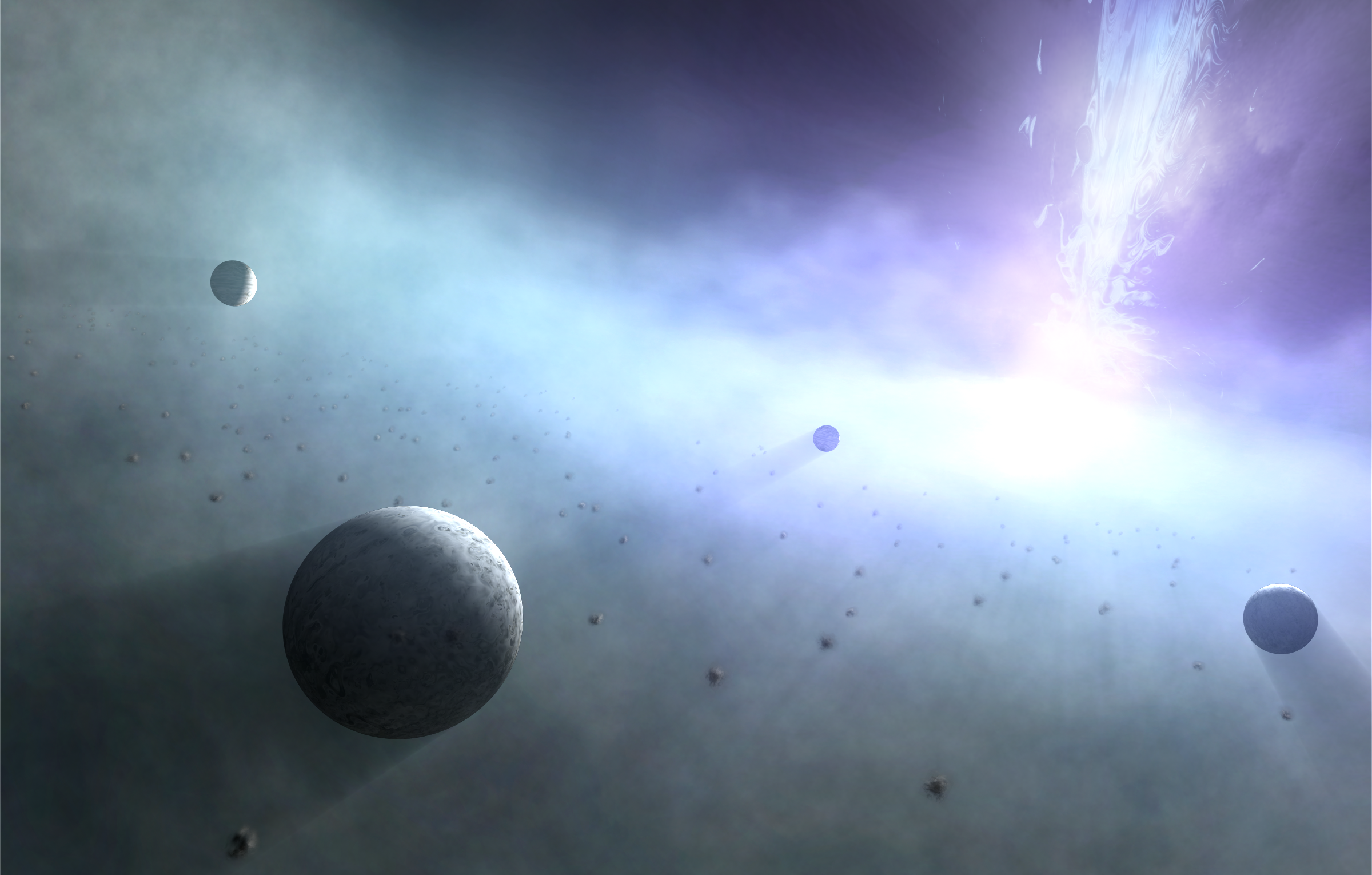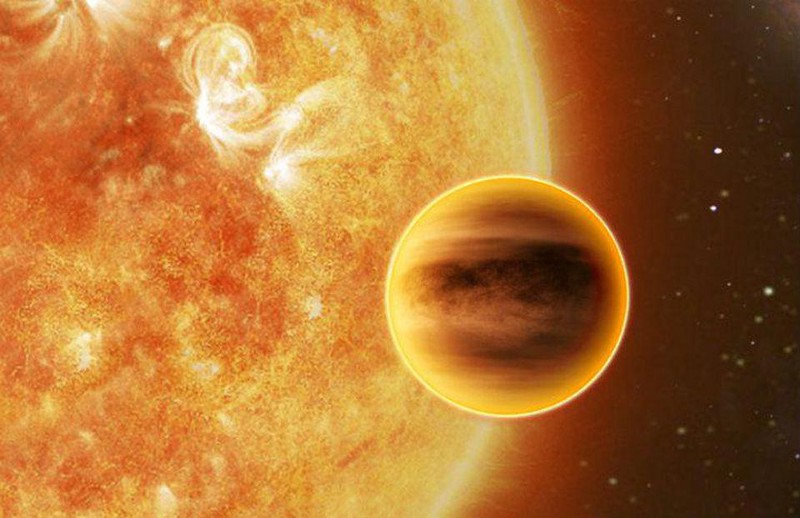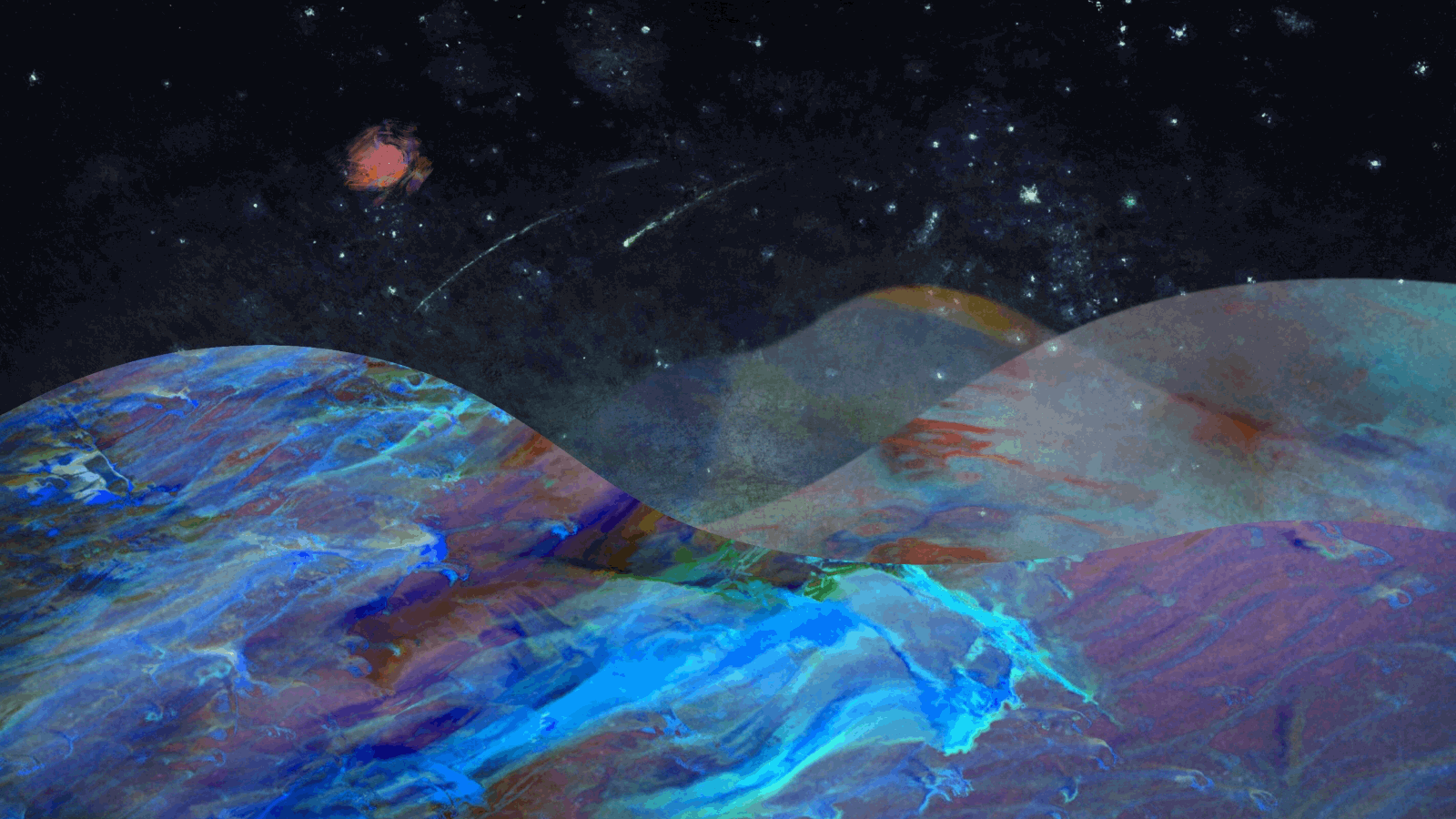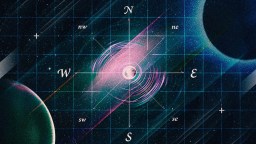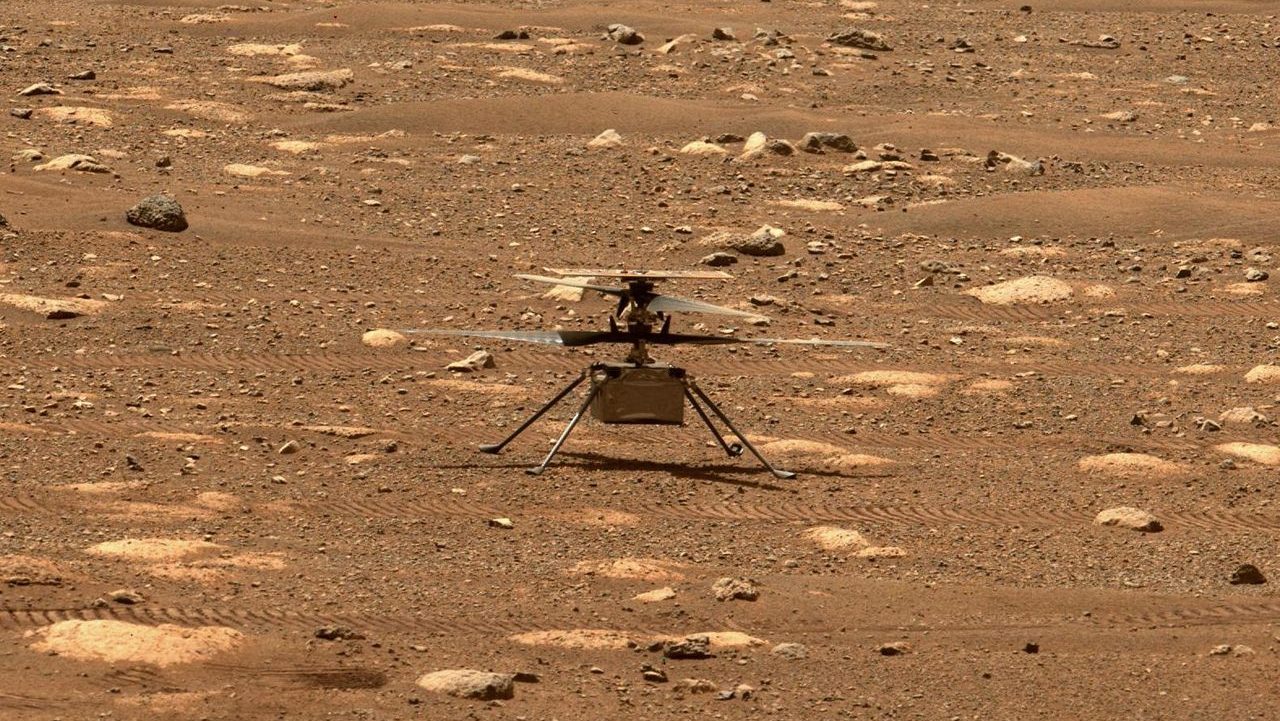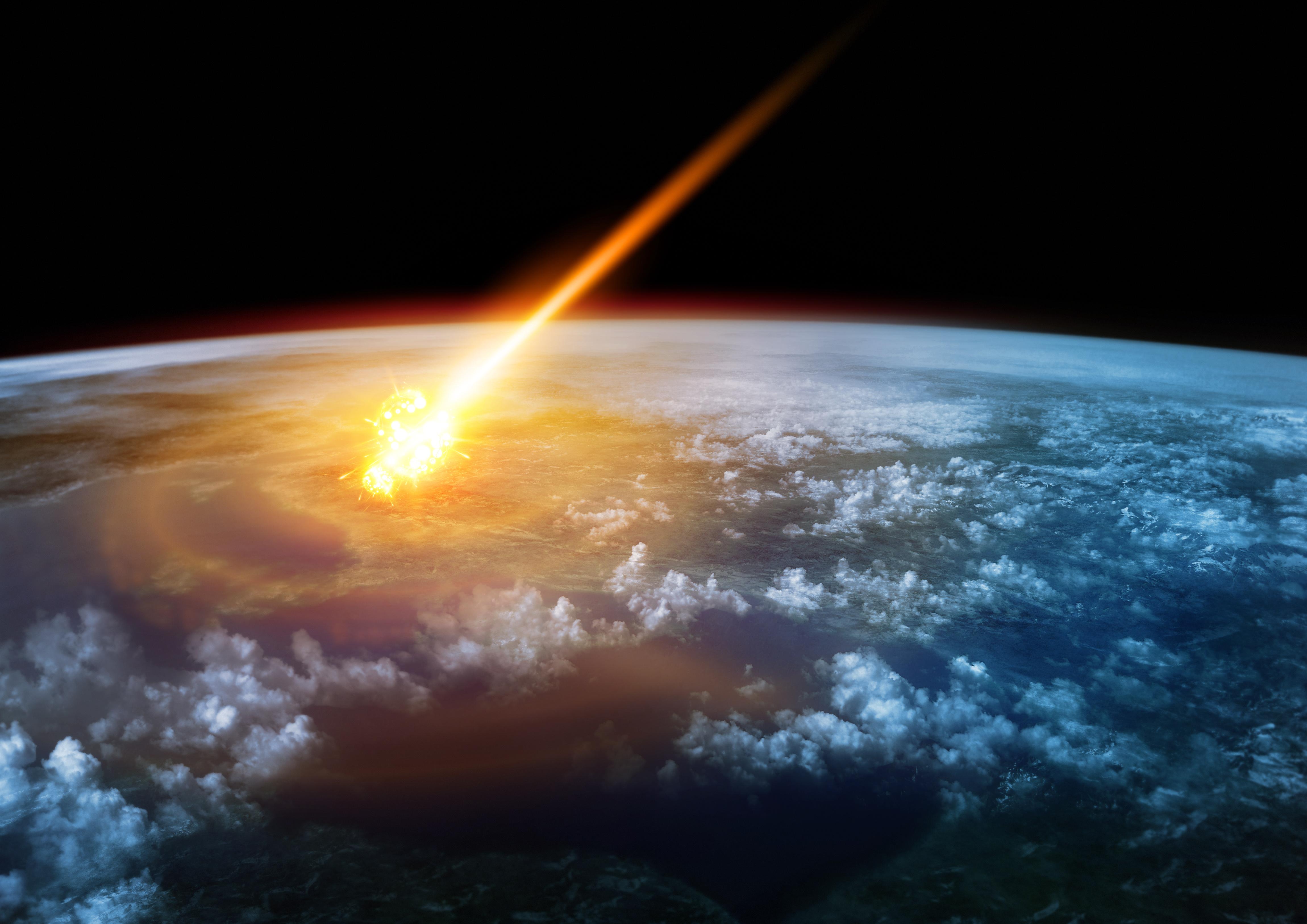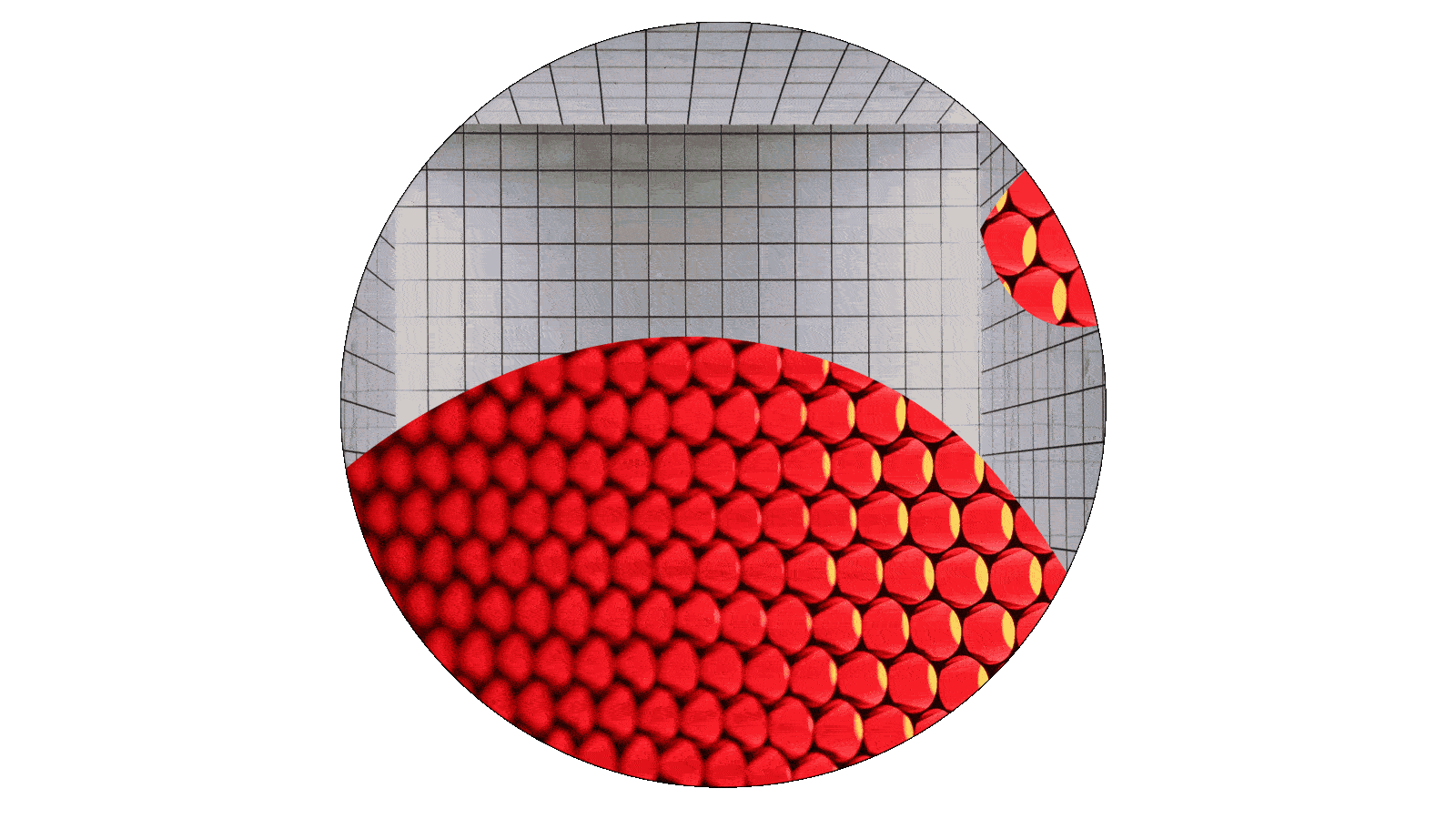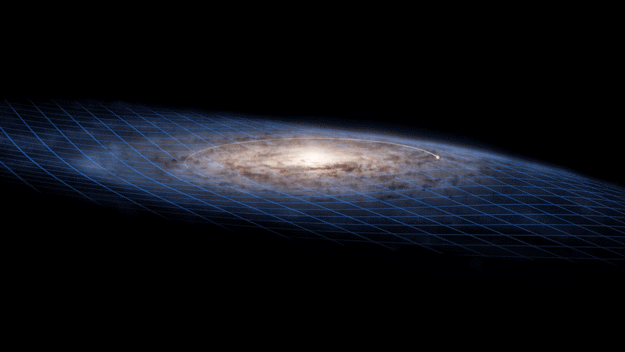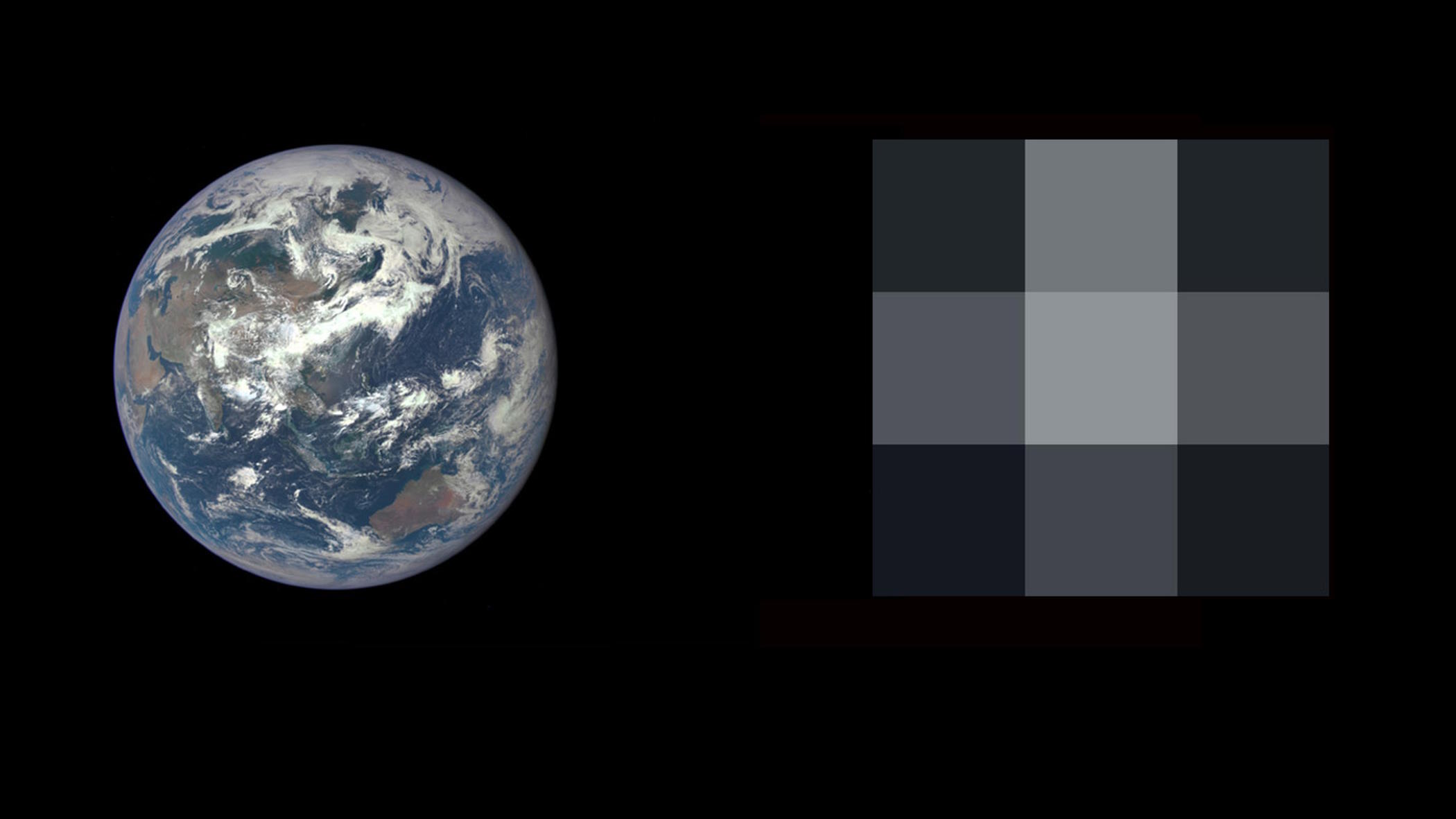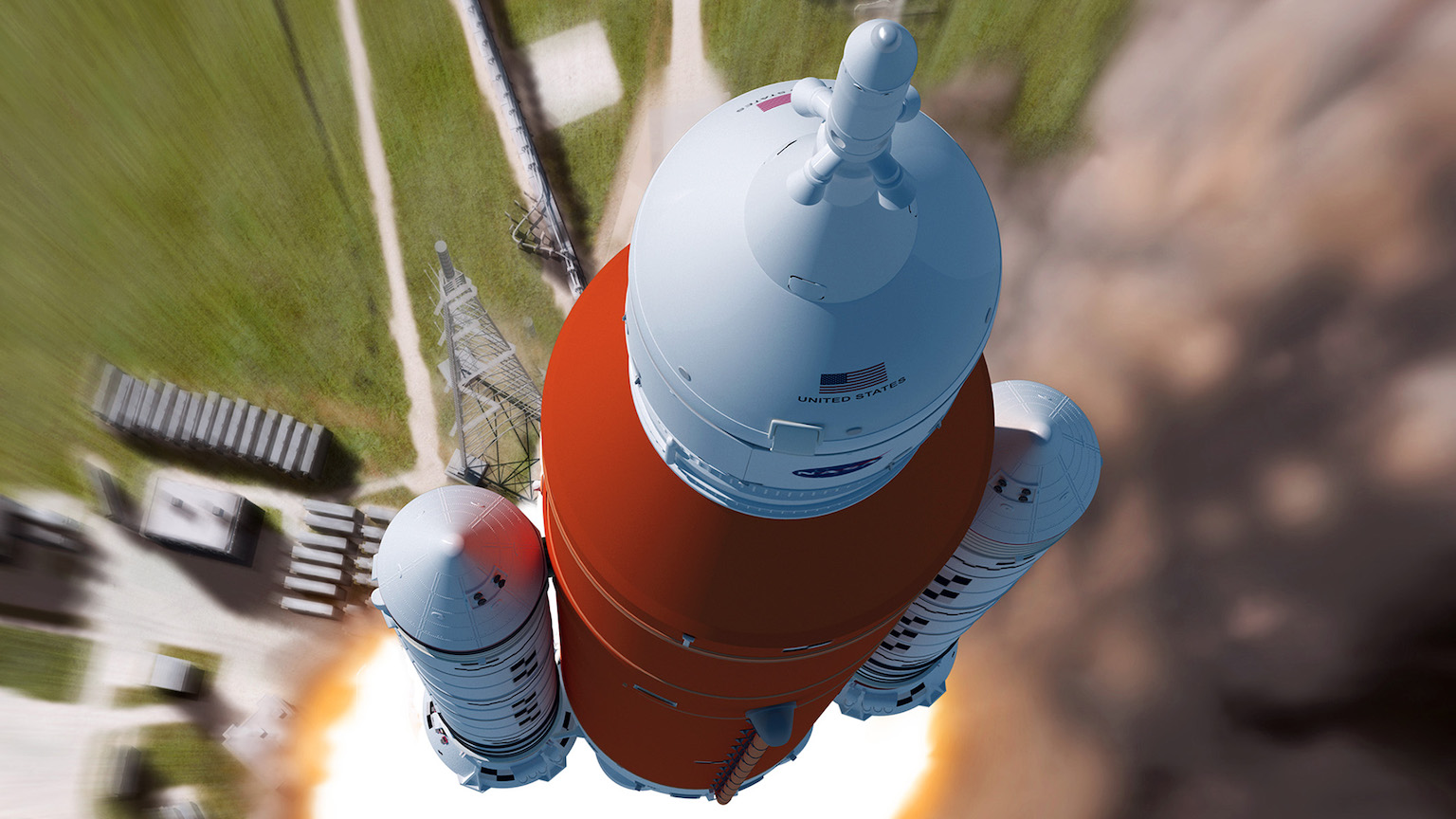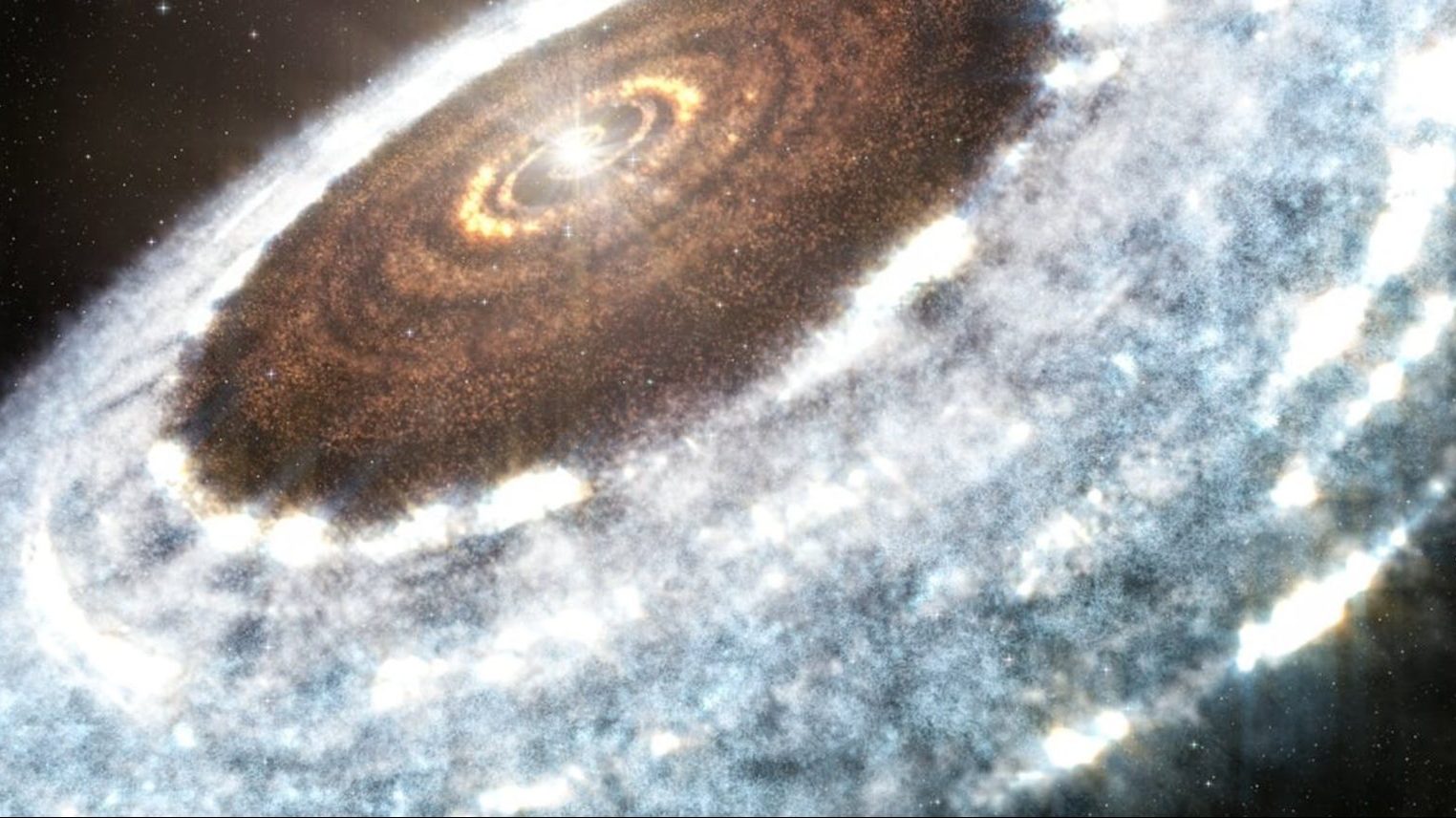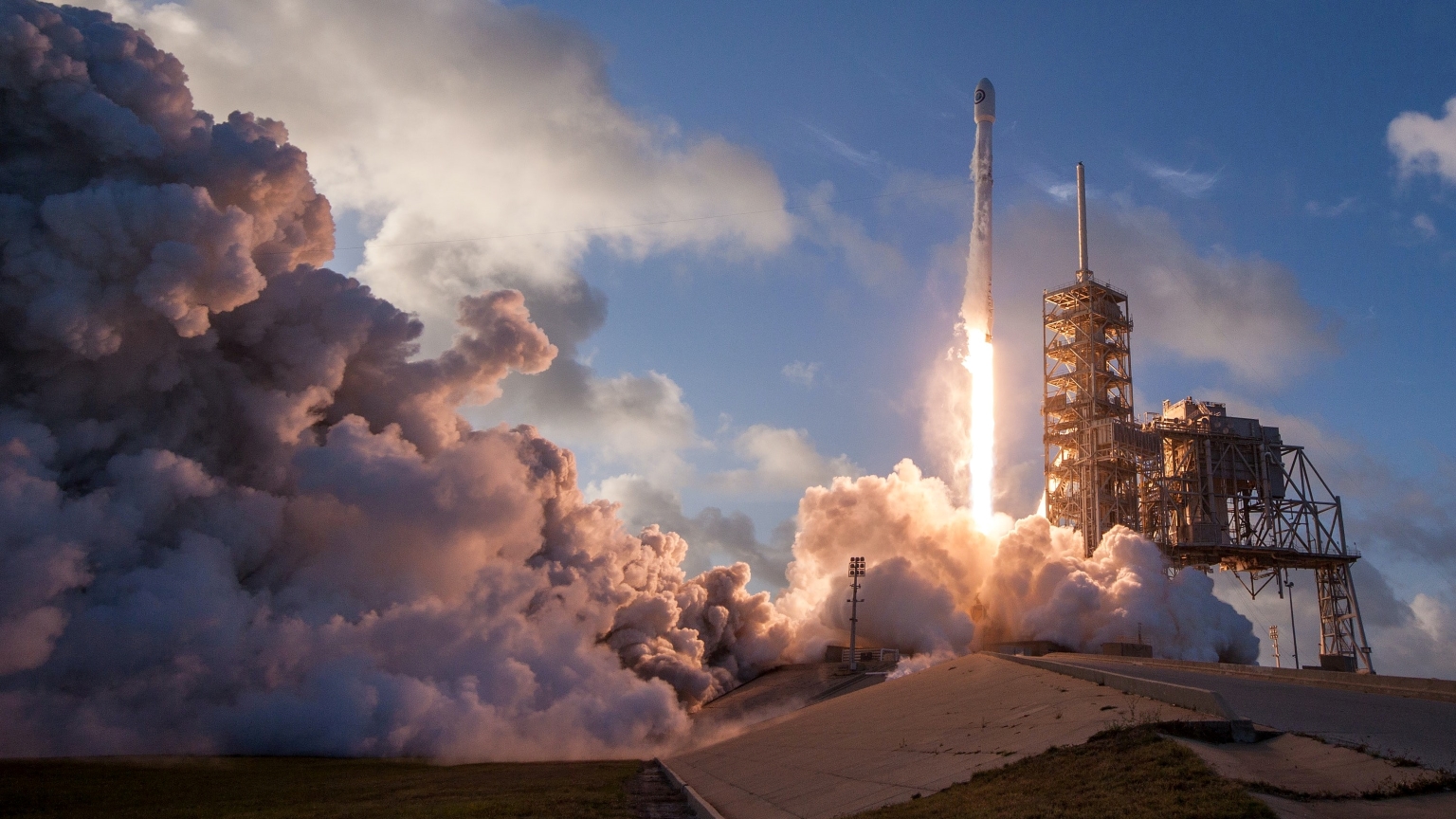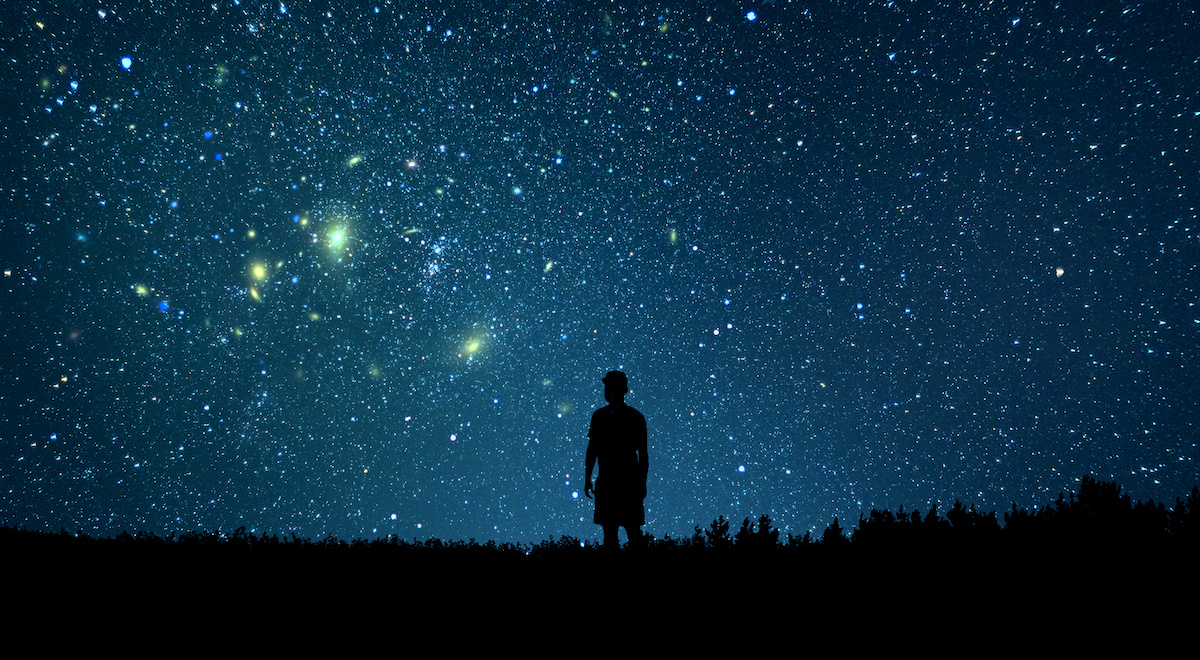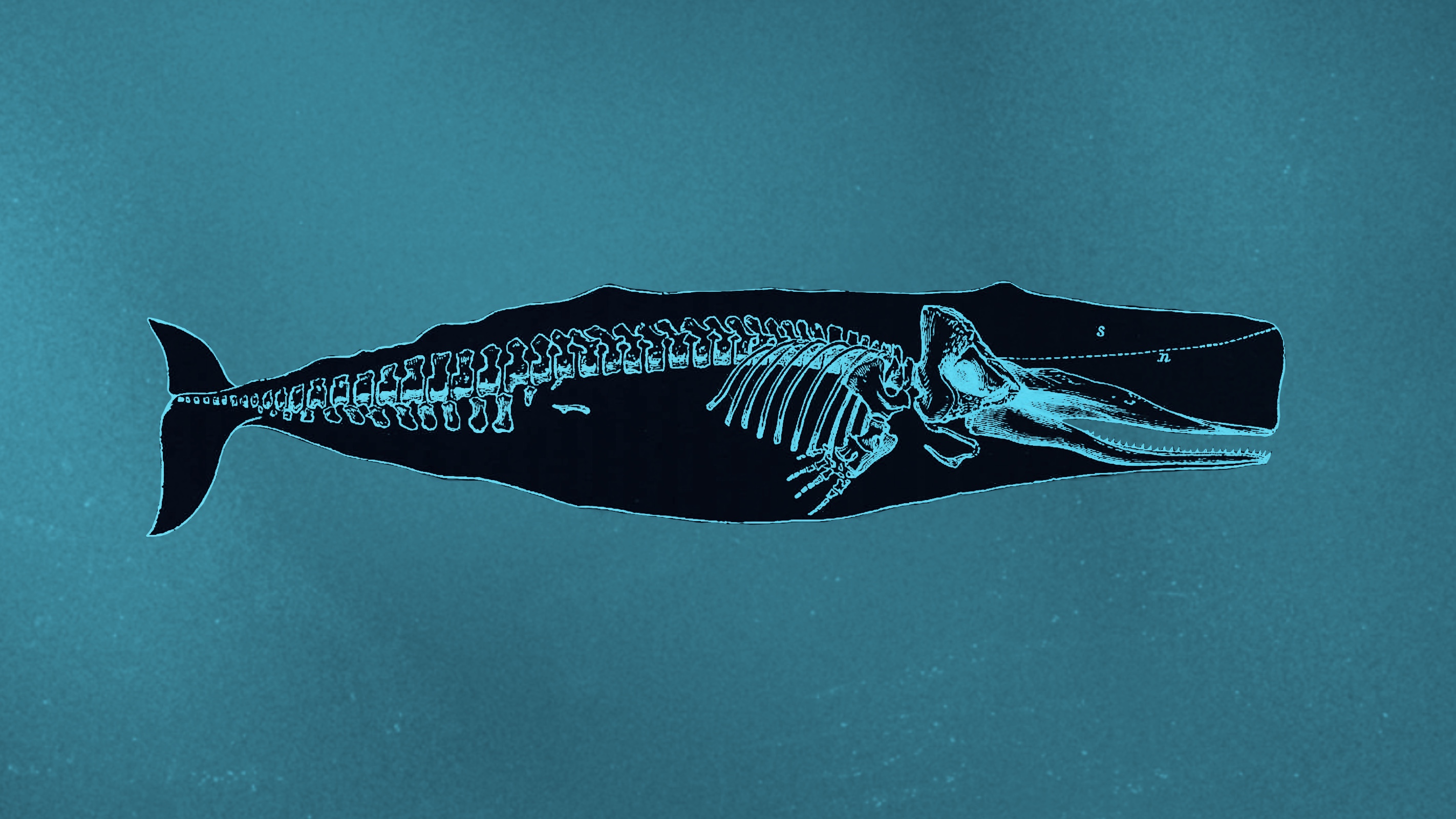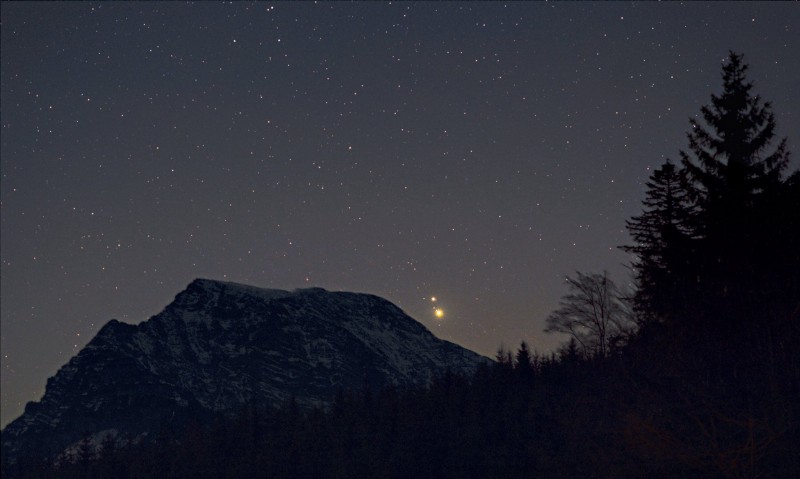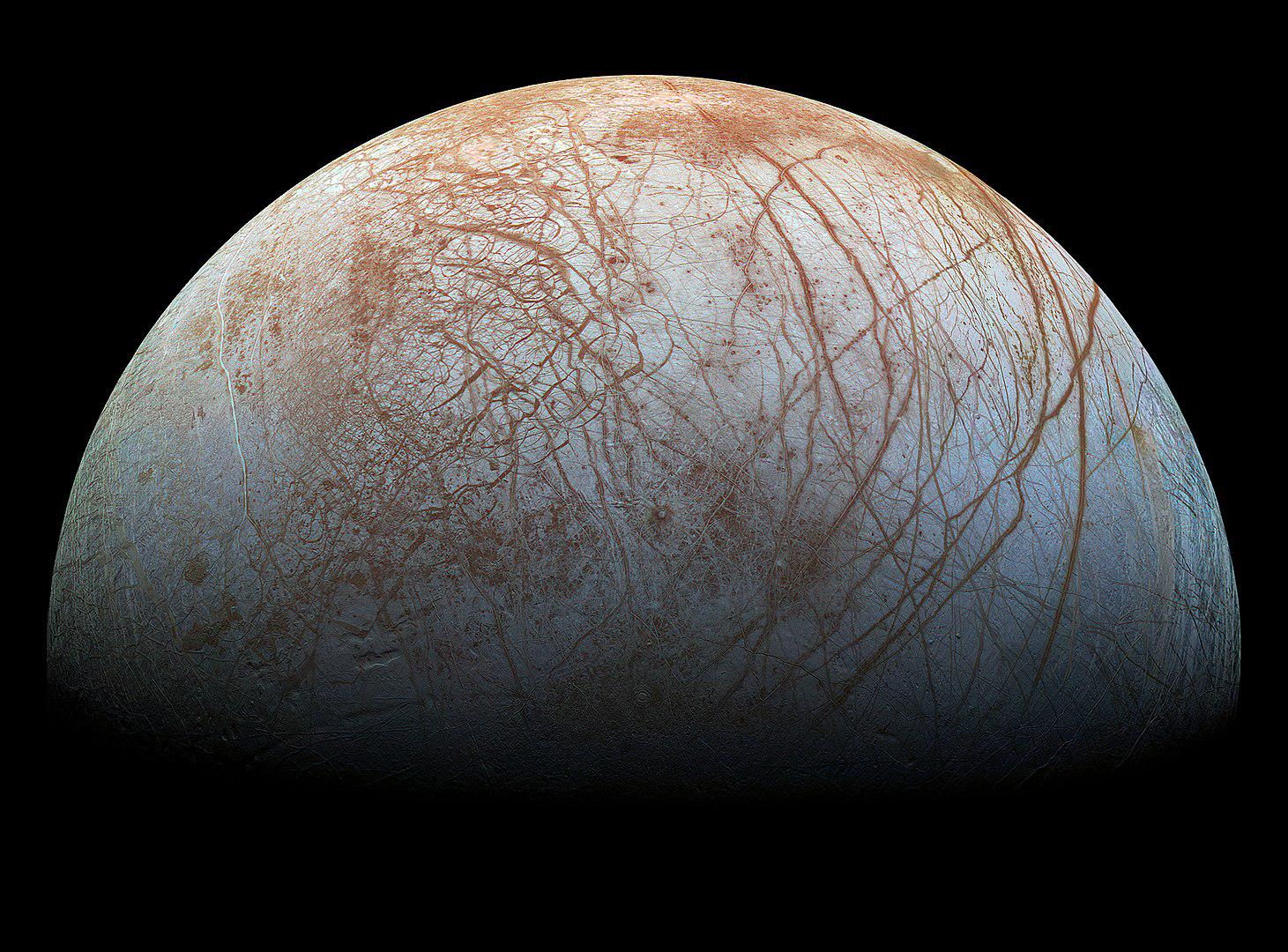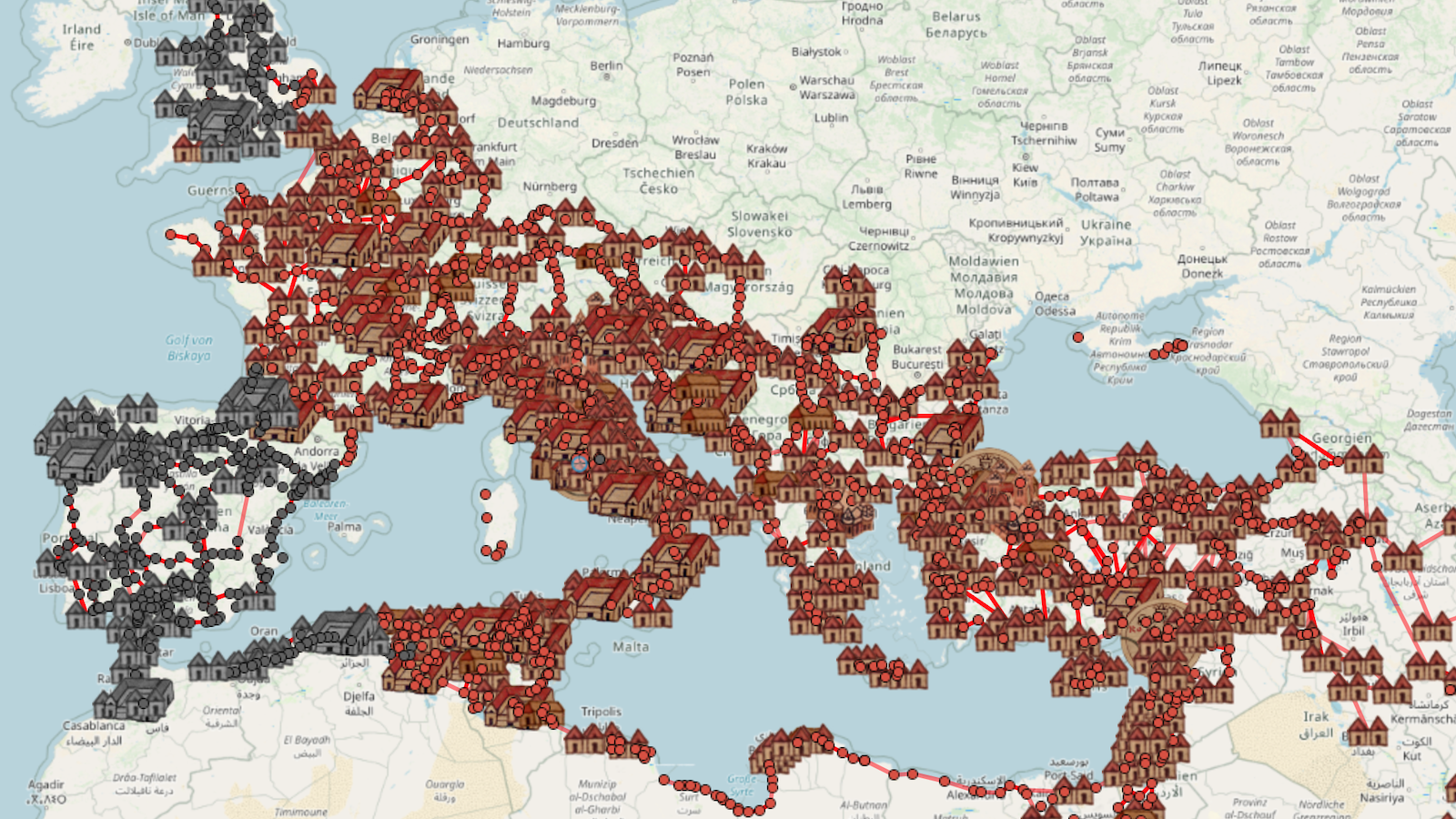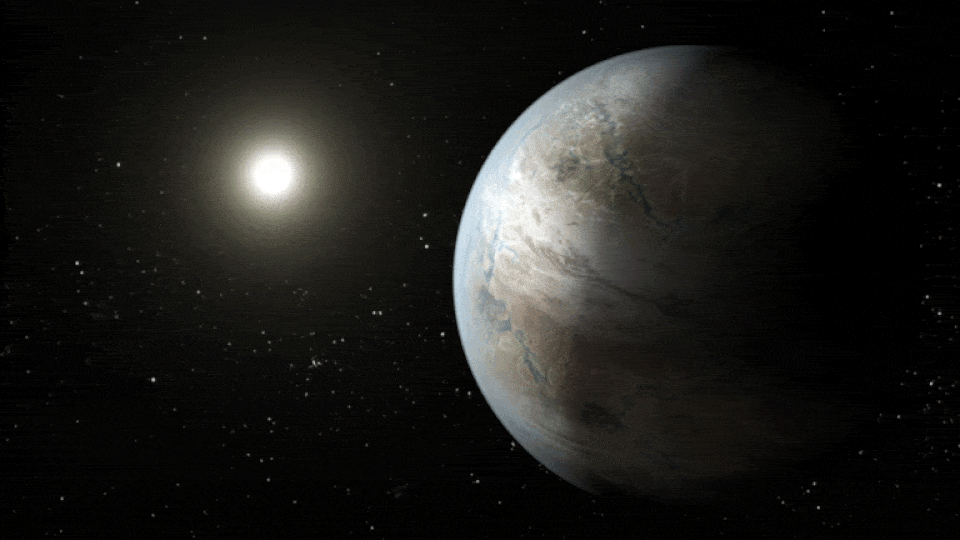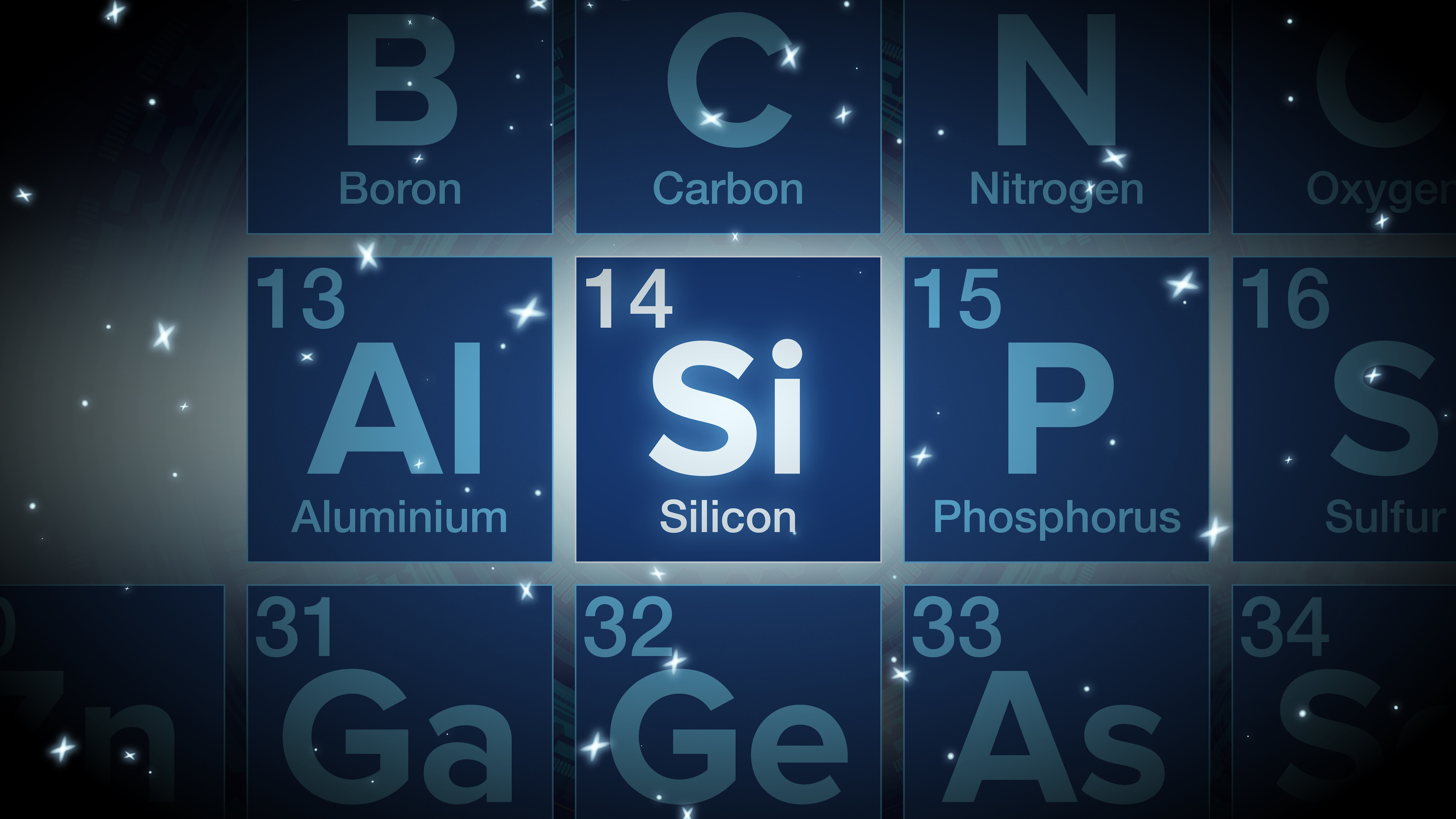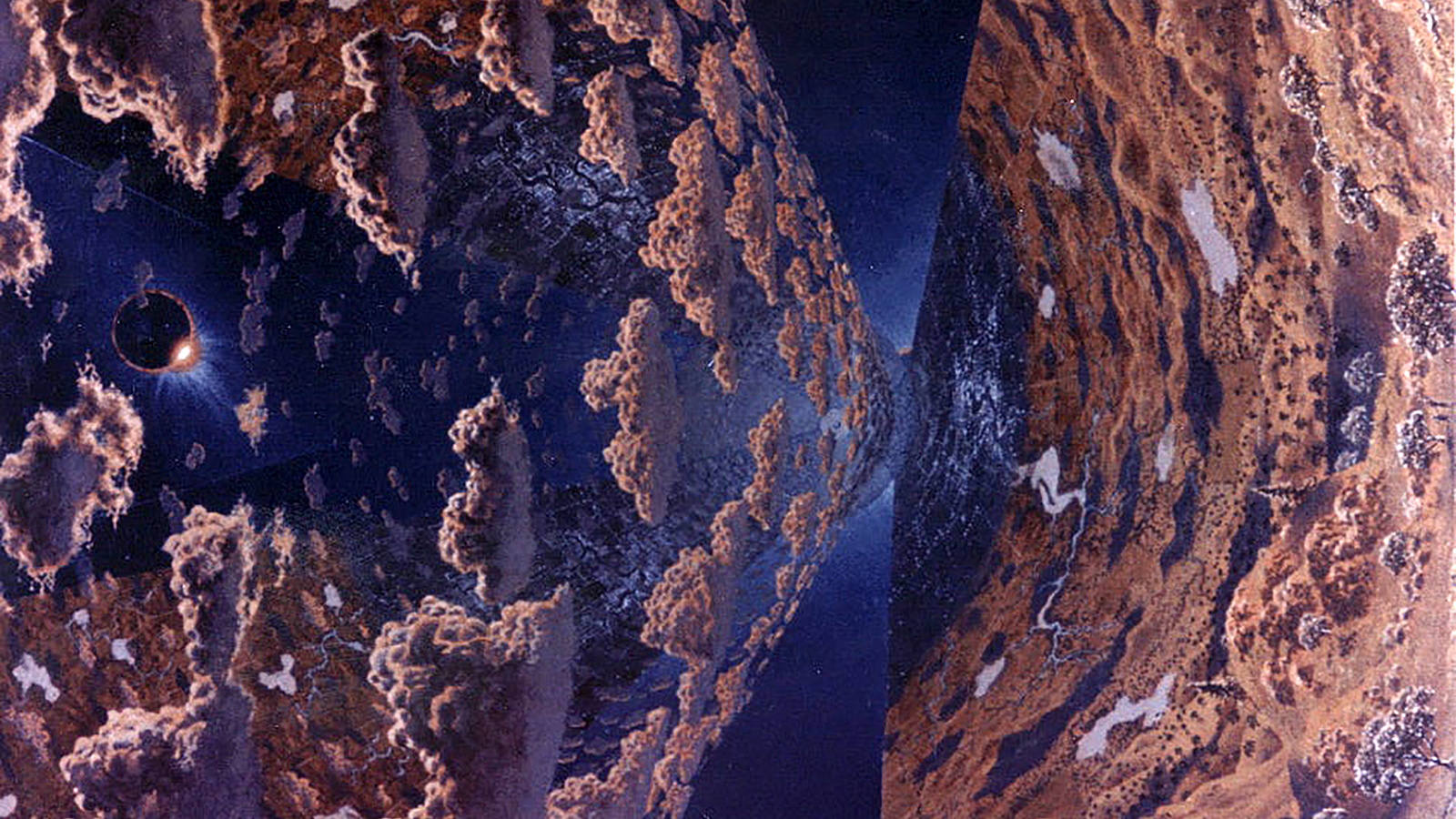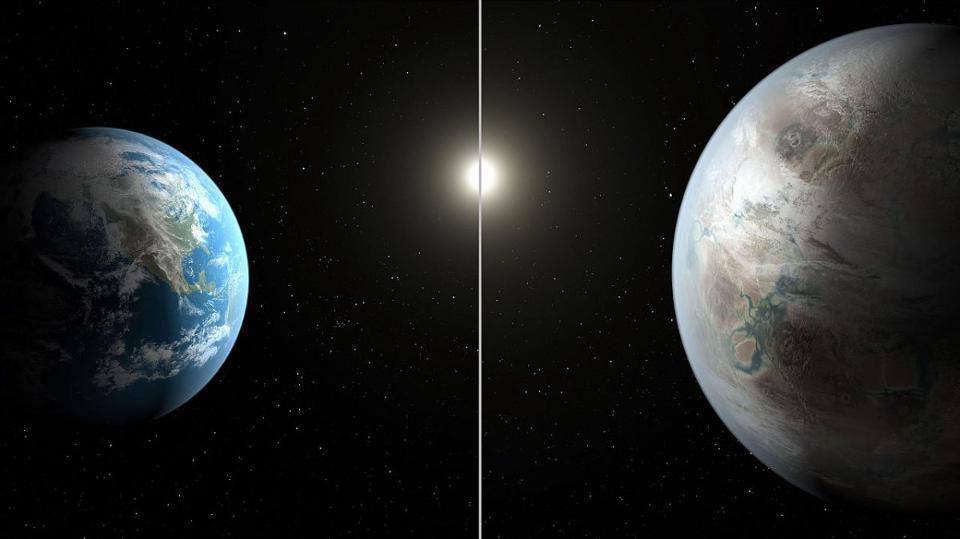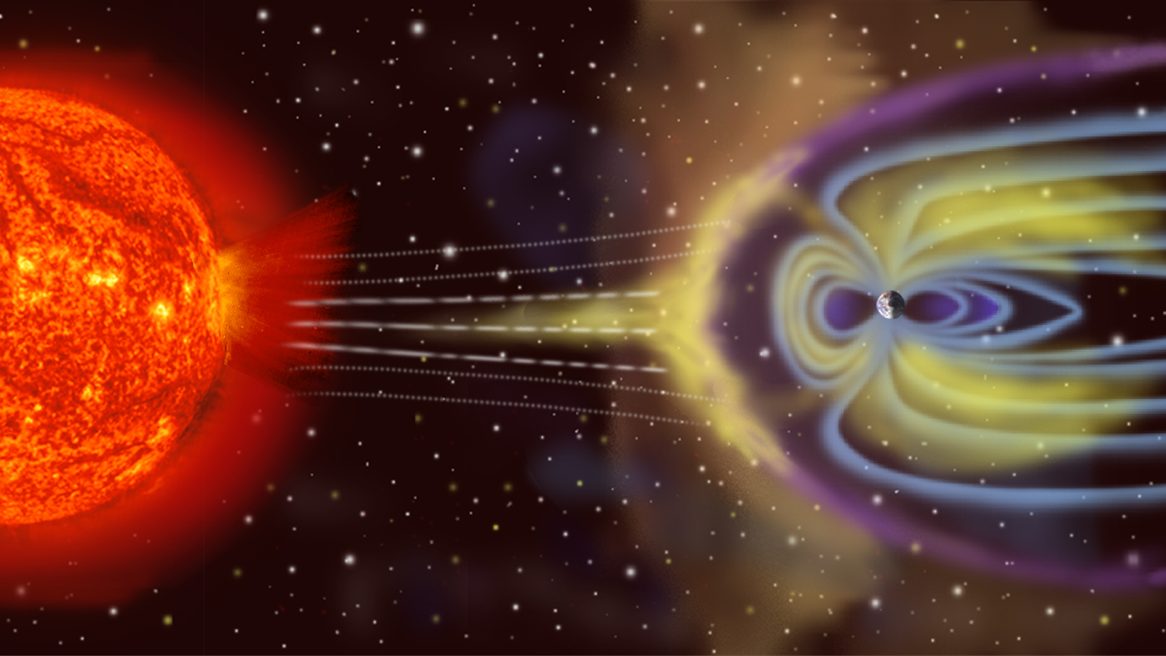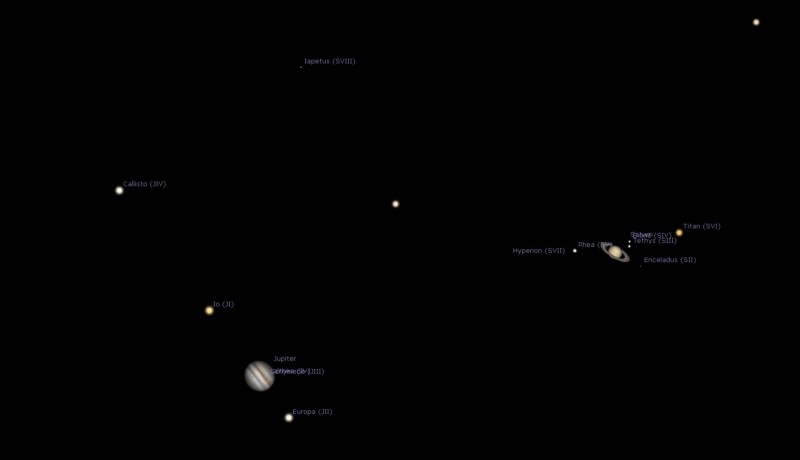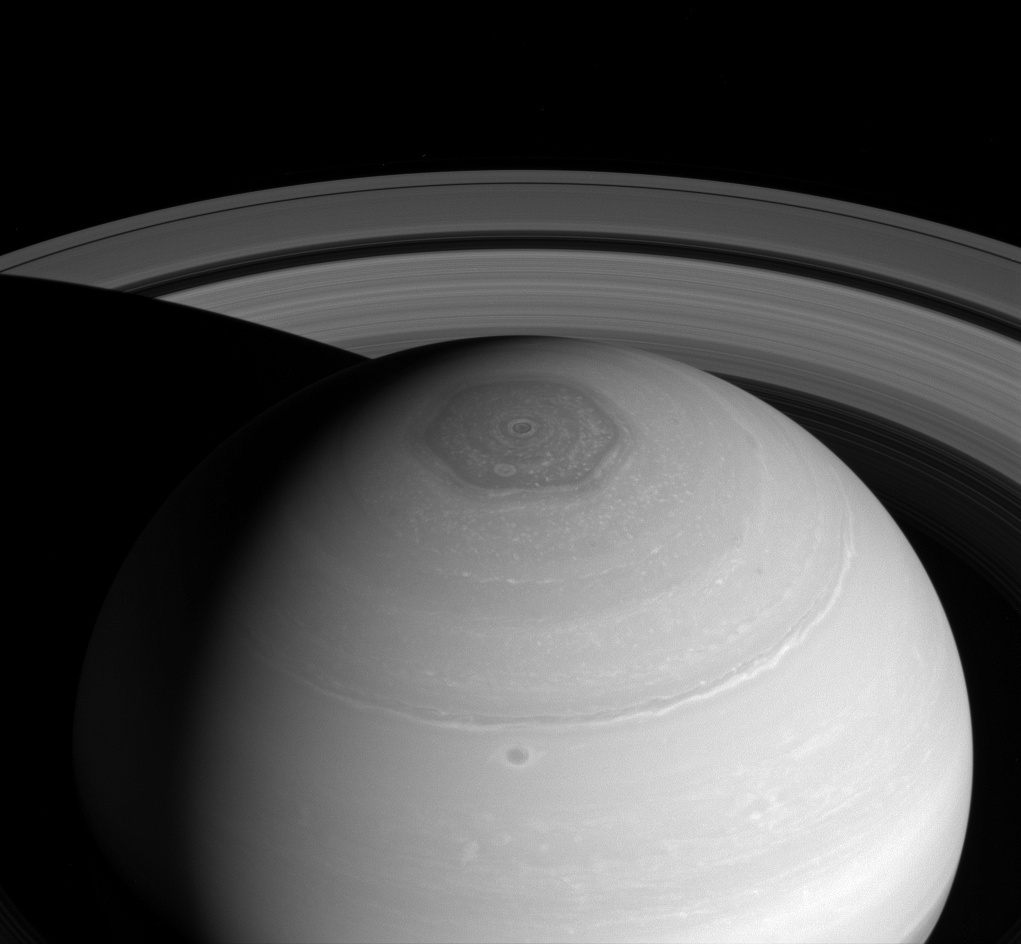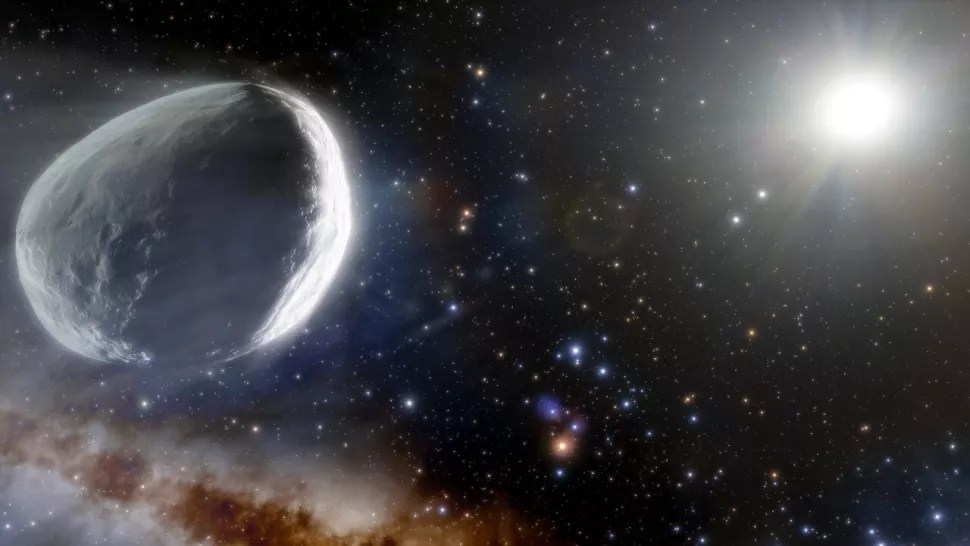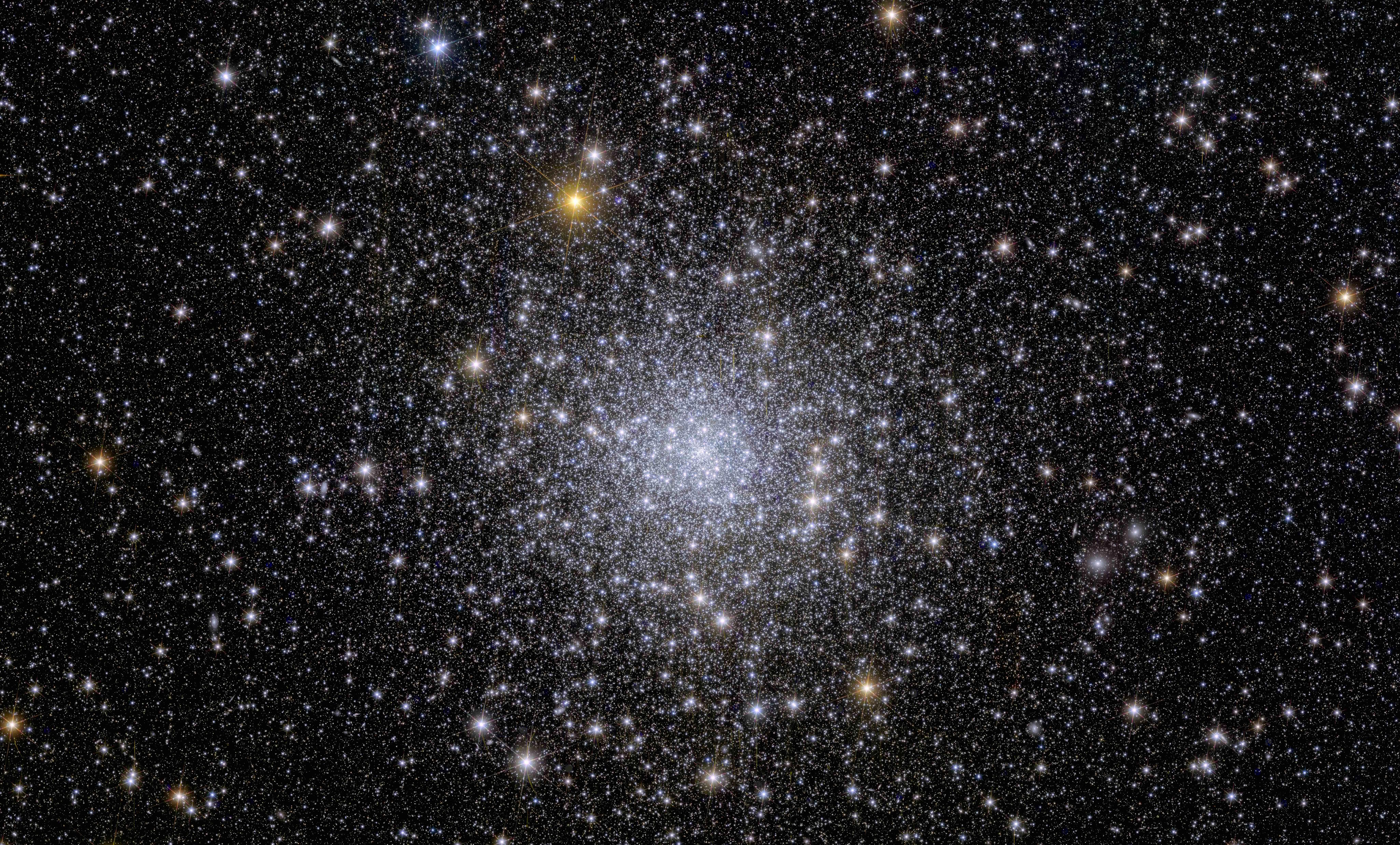The odds are slim, but the consequences would be literally world-ending. There really is a chance of a black hole devouring the Earth.
Search Results
You searched for: Saturn
Neptune holds records in our Solar System, but the Universe gets even faster. Here on Earth, extreme weather events can cause dramatic wind speed spikes. When hurricanes are at their most […]
Google maps won’t guide you to Mars – but will your compass work in space?
▸
with
If the past is any guide, things are going to take off quickly.
65 million years ago, a massive asteroid struck Earth. Not only did Jupiter not stop it, but it probably caused the impact itself.
Our understanding always will remain incomplete.
The Universe begins with negligible amounts of angular momentum, which is always conserved. So why do planets, stars, and galaxies all spin?
NASA has finally chosen which flagship mission, like Hubble and JWST, will launch in ~2040. Detecting alien life is now a reachable goal.
Space missions in 2022 will include massive rockets and asteroid collisions. This is also the year space tourism starts to hit its stride.
Finding this missing piece of water’s path through the universe offers clues to how it came to be on Earth.
Nearly 200 orbital launches are scheduled for 2022.
We’re used to scientists telling us about the math and physics behind astronomical events. But what does studying space make us feel?
Dead whales inspire a way to find extraterrestrial life on Mars.
“All moments past, present, and future, always have existed, always will exist.”
After a wait of 397 years in orbit, we’re finally getting a truly ‘Great’ Conjunction. Recently, December 21, 2020, Jupiter and Saturn finally met. Looking towards the southwest skies from […]
Water is vital for life. Luckily for spacefaring humans, the solar system is full of it.
OmnesViae is a modern route planner based on the roads of the Roman Empire.
From here on Earth, looking farther away in space means looking farther back in time. So what are distant Earth-watchers seeing right now?
On Earth, carbon can form millions of compounds, while silicon is largely stuck inside rocks. But elsewhere, silicon could form the basis of life.
A conversation with an advanced alien species is likely to be simple and to take 1,000 years. It might also be dangerous.
In terms of the planets we’ve discovered, super-Earths are by far the most common. What does that mean for the Universe?
The original principle of relativity, proposed by Galileo way back in the early 1600s, remains true in its unchanged form even today.
As the Sun ages, it loses mass, causing Earth to spiral outward in its orbit. Will that cool the Earth down, or will other effects win out?
Don’t wait until Christmas to gift a telescope this year. All throughout the year, two bright lights have stood out in the post-sunset skies. Earlier this year, on March 31, 2020, […]
Adams was infamously scooped when Neptune was discovered in 1846. His failure wasn’t the end, but a prelude to a world-changing discovery.
The solar system has some strange stuff in it. Learning how it ended up that way can tell us where we’re going.
A new study shows that the Bernardinelli-Bernstein Comet is much larger than previously thought — potentially the largest ever spotted.
Despite the Sun’s high core temperatures, particles can’t quite overcome their mutual electric repulsion. Good thing for quantum physics!
Sometimes, going “deeper” doesn’t reveal the answers you seek. By viewing more Universe with better precision, ESA’s Euclid mission shines.
